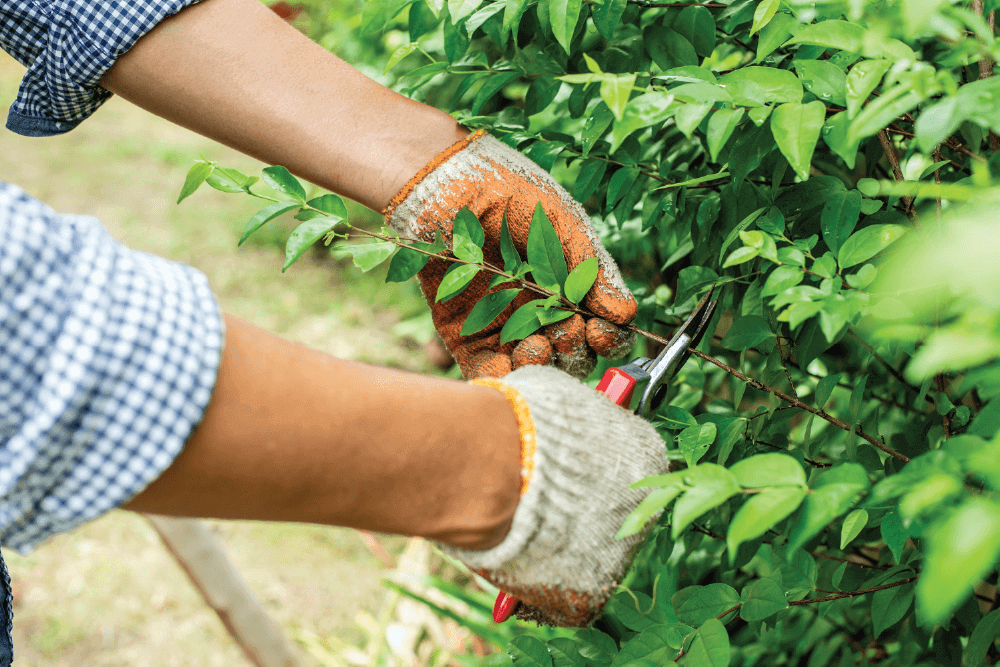The Right Time to Prune
Get Inspired
Pruning is a vital part of caring for your trees and shrubs, ensuring they stay healthy and looking their best. But as with most things, timing is everything! While there’s no single “perfect” time to prune, knowing when to tackle specific tasks can make all the difference for your plants and your success.
When Should You Prune?
For many deciduous trees and shrubs, late winter is often the best time to prune. During this period, they’re dormant, making it easier to spot which branches need trimming. Plus, pruning in late winter sets your plants up for a strong start come spring.
Spring-flowering trees and shrubs, on the other hand, are best pruned in spring right after they’ve finished flowering. This reduces the chance of bleeding sap and helps maintain their vibrant growth for the next season.
Why Prune at All?
Trees have managed just fine in the wild for centuries without pruning shears. But in urban and suburban environments, things are a little different. Here, trees compete for space with homes, powerlines, and people. Pruning helps ensure trees coexist safely in these spaces by removing hazards like weak or dead branches while also encouraging healthy growth and structure.
Pruning Tips and Tricks
To prune effectively, you’ll need to keep a few essentials in mind. Here are some dos and don’ts, along with the tools that can help you get the job done right.
Equip Yourself with the Right Tools
Pruning often involves reaching those pesky high branches or maneuvering around awkward spots. Safety is key, so having the correct equipment is non-negotiable. Depending on your specific pruning task, you might need the following equipment, which are all available for hire at Kennards Hire:
- A platform ladder for elevated work.
- Sharp pruning saws, chainsaws or sturdy shears.
- An extendable pruning pole to minimize reaching and twisting. Link doesn’t work
- For larger projects, consider a mobile hydraulic platform to make the job safer and more efficient. Link doesn’t work.
If you’re unsure what tools are best for your pruning job, pop into your local Kennards Hire branch. Our team is happy to help provide expert advice on this job and your next. Together, we’ll make weekends smarter and simpler – you’ve got this!
What to Prune
When pruning, your primary aim is to get rid of dead, damaged, diseased branches or limbs rubbing together. Ensure your cuts go into the healthy part of the branch, well below any damage.
If you’re training a tree to grow in a specific direction or away from hazards, focus on its secondary branches (these are branches that grow from the main limbs).
Finally, always disinfect your tools between pruning different trees or shrubs to prevent the spread of disease.
With the right timing, tools, and technique, pruning can be easier than you think. It keeps your trees healthy, your property safe, and your garden looking amazing. And if you’re not quite sure where to start, we’re always here to help!

